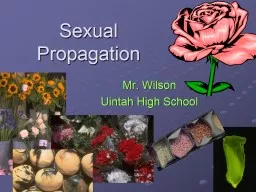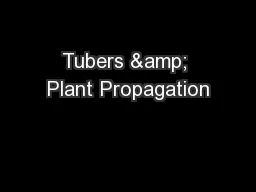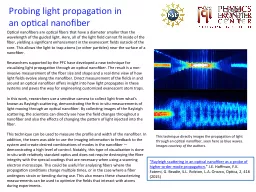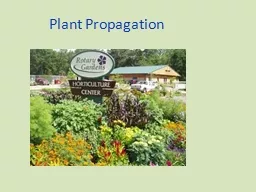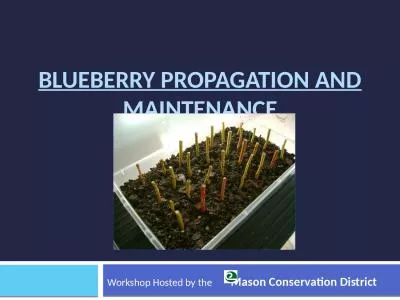PPT-Sexual Propagation Mr. Wilson
Author : robaut | Published Date : 2020-06-17
Uintah High School Objectives Define Propagation List the two main types of plant propagation Define germination Identify the life cycle of plants Identify the parts
Presentation Embed Code
Download Presentation
Download Presentation The PPT/PDF document "Sexual Propagation Mr. Wilson" is the property of its rightful owner. Permission is granted to download and print the materials on this website for personal, non-commercial use only, and to display it on your personal computer provided you do not modify the materials and that you retain all copyright notices contained in the materials. By downloading content from our website, you accept the terms of this agreement.
Sexual Propagation Mr. Wilson: Transcript
Download Rules Of Document
"Sexual Propagation Mr. Wilson"The content belongs to its owner. You may download and print it for personal use, without modification, and keep all copyright notices. By downloading, you agree to these terms.
Related Documents

